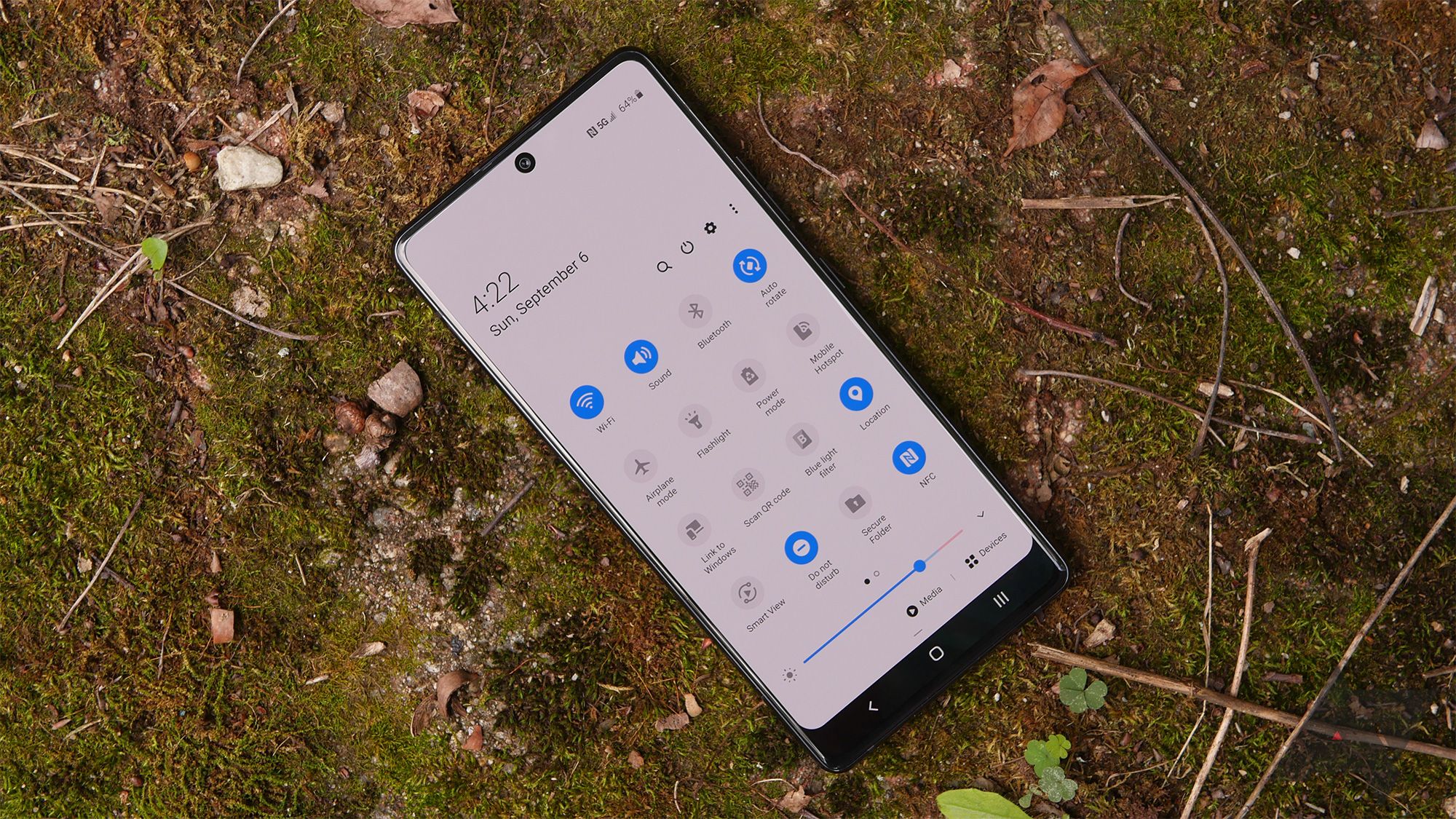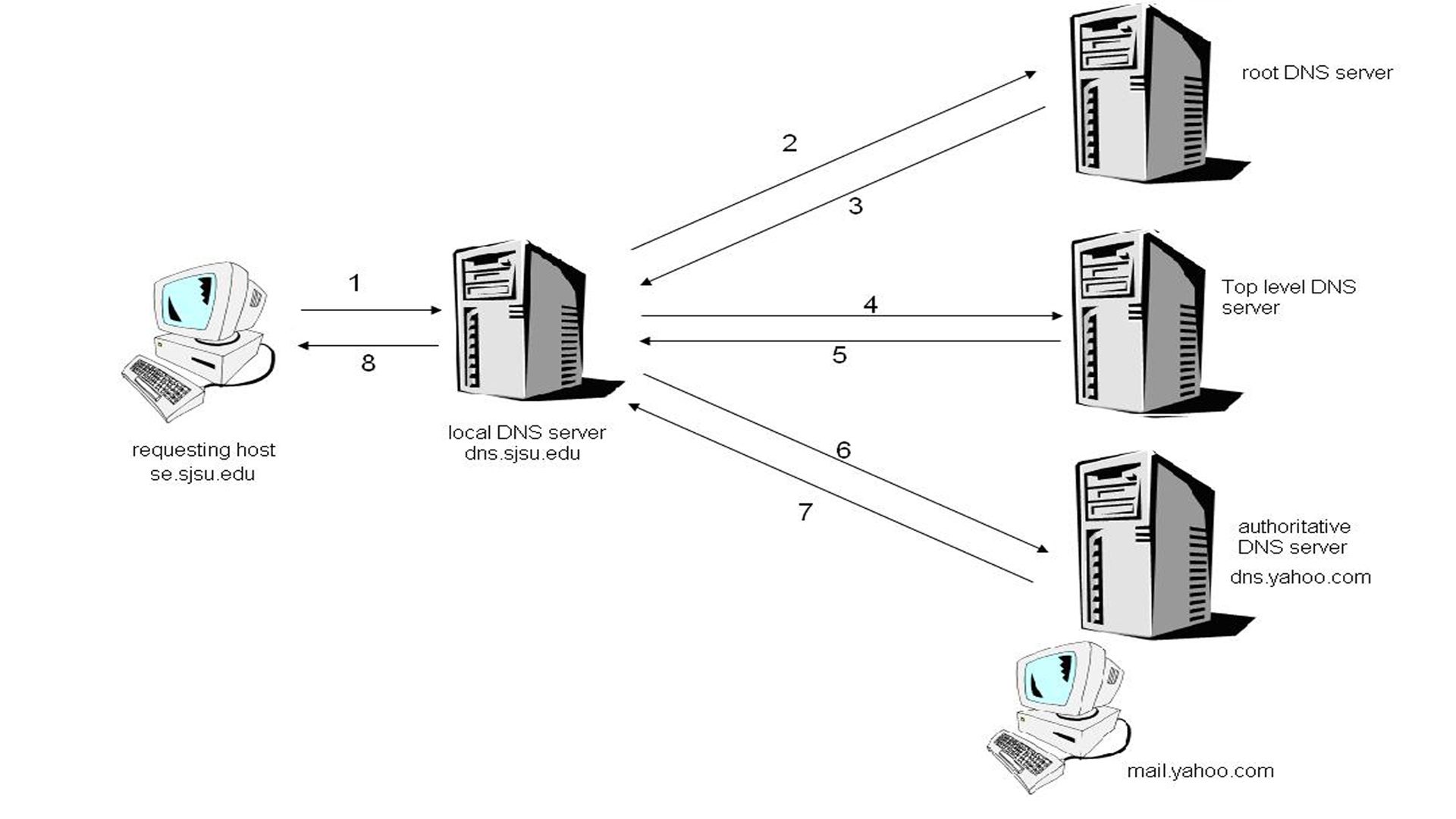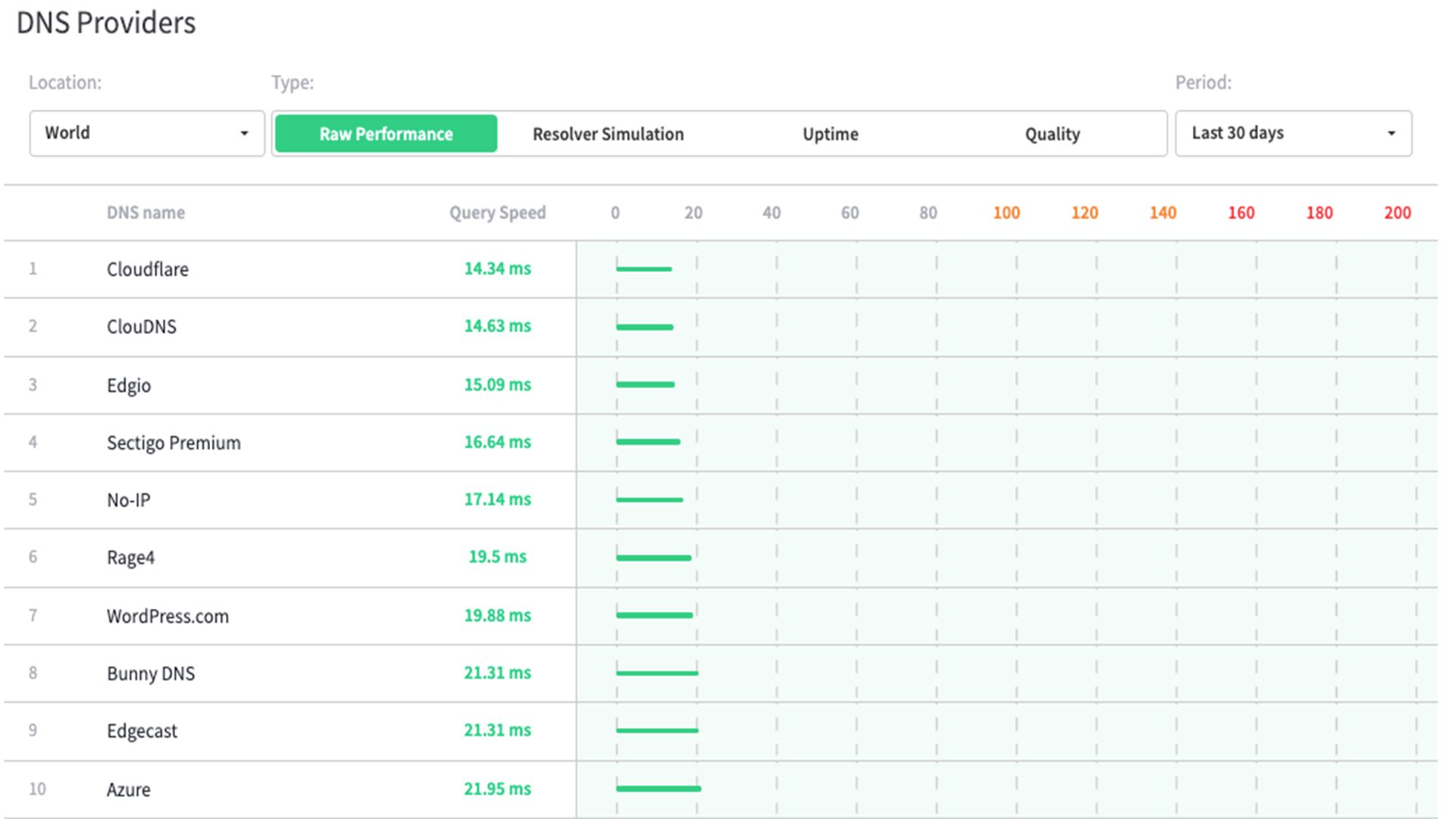What happens when you type a URL into your browser? It might look simple, but a lot goes on behind the scenes. Every device on the internet, from your shiny new smartphone to your budget Chromebook and the smart fridge in your kitchen, communicates using a system of numbers called IP addresses.
That’s where the Domain Name System (DNS) steps in. It translates easy-to-remember names like www.geeksforgeeks.org into numeric IP addresses. This article breaks down DNS servers for you and how changing them can improve your online safety and make your browsing experience faster.

How to make Android use the DNS server of your choice
Not all DNS servers are created equally
The role of DNS in internet communication
Machines speak in numbers, but we prefer names like Google.com or Instagram.com for ease. DNS acts like the internet’s phonebook, translating the domain names you type, such as google.com or geeksforgeeks.org, into numerical IP addresses that machines understand.
Your browser uses these numbers to access the websites you want to visit. This translation process is carried out by DNS servers, which are dedicated to resolving these DNS queries. Here’s a breakdown of the different types of DNS servers.
Recursive resolver nameserver
The DNS resolver operates as a server that receives client queries via applications like web browsers. Its primary role is to make further requests to solve the client’s DNS query effectively.
Imagine the DNS recursor as the mall’s information desk. When you enter the mall, you go to this desk and want to find a specific store. The representative listens to your request and finds which section of the mall your desired store is located in.
Root nameserver
The translation of domain names into IP addresses starts at the root server. The root server acts like the mall directory placed at the main entrance. This directory doesn’t have the details of each store but tells you which mall wing to head to find stores under specific categories, like electronics, clothing, or food.
Top level domain (TLD) nameserver
This nameserver is a checkpoint for finding an IP address and handling the terminal part. In a domain like Androidlazyroar.com, the responsible TLD server is .com.
If you’re looking for clothing stores, this directory within the clothing wing lists all available clothing stores, helping you narrow down your options.
Authoritative nameserver
The authoritative nameserver is the endpoint in the nameserver query chain. If it possesses the necessary record, it relays the IP address for the sought-after hostname back to the DNS recursor that initially requested it.
It’s like the store’s own customer service desk. When you arrive at the store, this desk provides the specific information you need about the product you’re looking for or helps you navigate the store.
How DNS routes traffic to your browser in simple steps
Here’s a step-by-step explanation of how browsers with good performance find and display a website.
- You type a website address into your browser, for example, www.geeksforgeeks.org.
- Your computer sends a request to a DNS recursive resolver, which is like a directory assistance service provided by your internet service provider.
- The DNS resolver contacts a DNS root name server to find out where to get information about .com websites.
- This root server points your request to the TLD nameserver, which lists all the .com websites and where they are stored.
- This .com server looks up geeksforgeeks.org and discovers that it’s handled by Valnet, a company that manages the website’s server.
- The DNS resolver reaches out to this Valnet authoritative nameserver and gets the numerical IP address of the geeksforgeeks.org server nearby to give you the fastest access.
- The DNS resolver sends this numerical IP address back to your browser.
- Your browser uses this IP address to connect directly to the website’s server.
- The server at this IP address sends the web page for www.geeksforgeeks.org to your browser, which then displays the page.
Source: Wikimedia Commons
You might think passing your request through four servers would slow things down, but DNS lookups are fast. This speed is mainly due to DNS caching, which temporarily stores data from previous lookups on your device or browser. By keeping these DNS records handy in various locations, the system can quickly pull up the information for future requests, making the process smoother and faster.
The differences between public and private DNS
There are two types of DNS: public and private. Public DNS servers are widely accessible and usually established by internet service providers to handle tasks like traffic steering and load balancing, which are essential for improving network performance.
Private DNS servers are maintained behind a firewall and only keep records of internal websites. They connect through a VPN, holding only internal IP addresses, and restrict access to authorized members of an organization, thereby limiting exposure to external threats. These private networks need to be managed by the organization or a private DNS service provider.
The advantages of changing your DNS server
Some DNS servers can zip your internet experience along faster than others, often because they’re nearer to you. Take Google or Cloudflare, for example. They’ve spread their servers all around the world to make sure they can handle more users and speed things up. But there’s more to it than quick connections.

How to change your phone’s DNS to Google or Cloudflare
Switch to Cloudflare or Google DNS for a safer browsing experience
DNS filtering also protects you from risky or inappropriate websites by blocking their IPs. Similarly, ISPs might block certain websites, often redirecting to a request denied page, usually due to legal reasons like anti-piracy measures. To dial in the best balance of speed and security, DNS benchmark tools like DNSPerf can be handy in finding the right one that meets your needs for privacy and performance.
VPNs are your best bet for real online privacy
Changing your DNS server could boost your connection speed, which is handy when you’re on the go. Switching your DNS server typically costs nothing unless you decide to go for a paid version, which isn’t something we suggest. For real privacy protection, you’re better off getting a paid VPN. Check out our detailed guide to the best VPN services for good recommendations.






